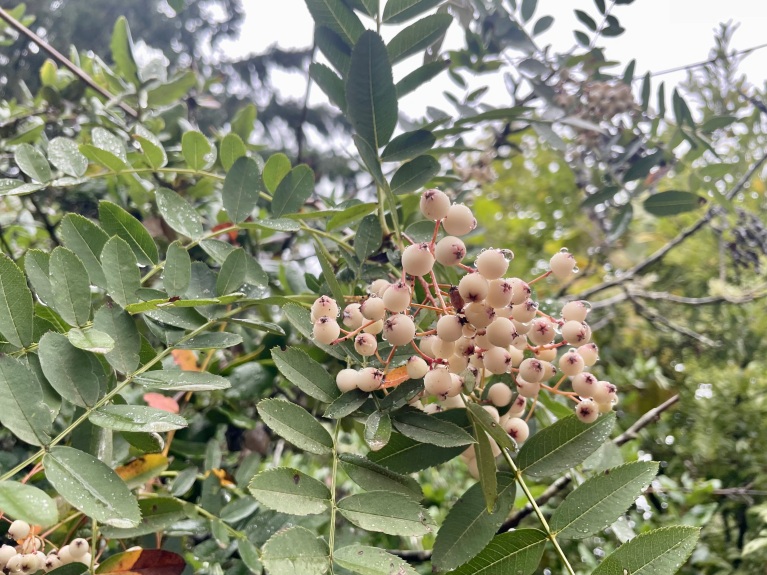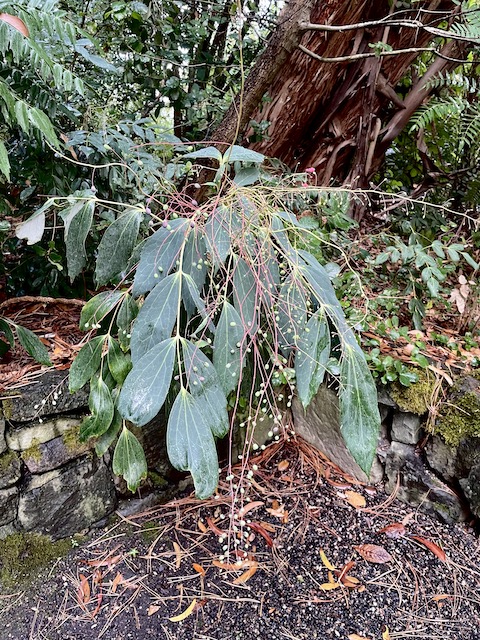This weekend I finally crashed after 5 weeks of nearly non-stop activity. Even now—after a day of rest—I’m still struggling to post something. I’ve been negligent these last two weeks (at least when it comes to writing) due to having had the honor to have been asked to give two public presentations by different groups.
I’m not complaining!!! I had a blast doing both, but it’s a lot of work. Doing it weekly is rough.
I LOVE to give talks, it’s just that I’ve not had a lot of time to rest. Preparing talks, and getting plants ready to sell at one of the talks, meant spending time AFTER work getting things done. Those things can make for very long days, but it is worth it!!!
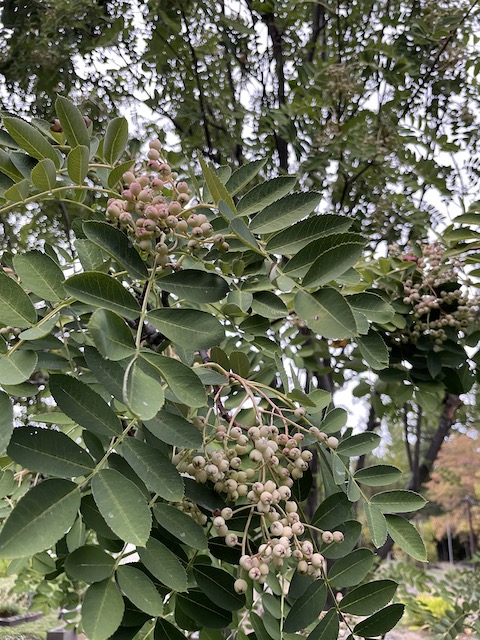
Don’t hesitate to ask me if your organization is longing for some of my creative and unconventional views. I felt badly when I had to turn down a statewide Master Gardener Conference recently because it happened during my trip. It would have been an interesting and different experience than I’m accustomed to and I would have enjoyed the challenge.
But, begonias… (I do not regret going to the convention in Atlanta a bit!)

So if you need someone to give a presentation, keep in mind that there is usually a fee. As someone who helps with a plant society, I better understand why it’s important to raise money, and to help professionals connect to and share their knowledge. Getting away from work to mix it up a bit oddly helps me a lot—even if it just feels good emotionally and tickles my brain a bit. I can’t say that we all react so positively, but I have enjoyed speaking more as the years go by and it’s likely due to the fact I always thought I would teach.
I was an instructor of ESL, I taught French Surrealist Lit at PSU for several terms, and there were gallery management classes as well. All of that was fun, but when you have a swelling disease that effects your body, and in my case my lungs, it can make speaking, well, unpredictable. Gasping for air causes confusion, panic sets in, and the anxiety (all combined) can have you speaking in a strange pattern. Embarrassment comes on last and you wonder if others can tell you’re not well.
When you go to school, funny how you don’t think about things like this. The new medication is helping me though. I only struggled with chest tightness on the longest day this week. I didn’t end up feeling very self-conscious about it, but I did feel tired.

Last week it was a talk in Medford to a garden club, and this week I was the keynote speaker for an event supporting women in horticulture at Chemeketa Community College. At both I connected with members of the audience, and after the trip I just took, I felt even more confident and prepared.
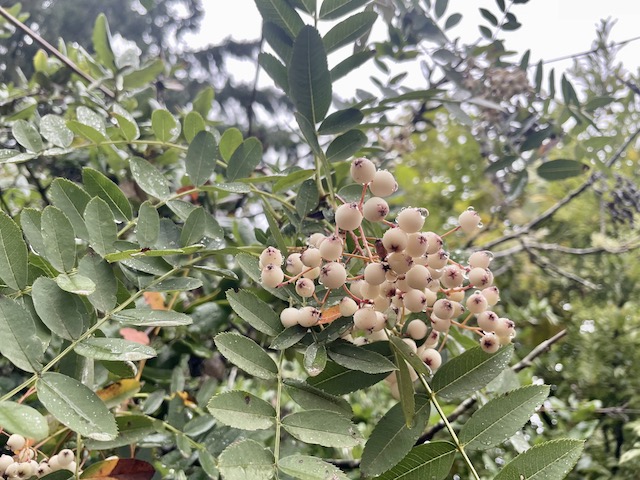
Now you’re likely wondering when I’ll stop blathering on about myself, and get to the point.
What is autumn like in my corner of the world of horticulture?
Believe it or not but I have an answer to that question!!!

Fall (to me) partially feels a bit like spring, but that’s only because we muck out and freshen up the greenhouses. I tend to think of this as being similar to spring cleaning, but it’s probably closer to a nesting bear about ready to hibernate. The problem with that though is that I’m not at all inclined to empathize with the home gardeners who chomp at the bit to “get back out there” during the ensuing cold and dark months ahead. I AM back out there. I am not indoors and warm looking at seed catalogs. I get to do that after work, but by now I already know what I am after, and that’s another difference with my life.
Fall is really when I begin to think about the year ahead, and when we folks at work are planning out crop plans for the next season.
There is no way we can bring a few things in to protect them over the winter either without making sure the houses are cleaner after all of the new growth has occurred during the summer months. With more watering, this leads to slippery weed cloth—and I’m talking about what “reality” greenhouses are like since I don’t work in fancy ones.
While some folks in horticulture get to work in decently climate controlled and heated greenhouses during this time of the year, well, my situations are both more like heated garages. If for any medical reason I simply CANNOT deal with the cold, then I can stay home, but if you do that too often, you’re just not cut out for the job. Lots of folks will say I’m crazy to do this for the pay, but I do love what I do, and oddly, I’m not so bad at it. Let’s just add to that too that I care very much about having a wide range of plants available in cultivation that larger growers ignore.
Growing more difficult to cultivate crops is important. If you’re a designer or curator and you use these plants, it’s important to understand how they’re made, and how they’re grown. I see this issue, and these products, becoming more important to the industry in the years to come. And why is that? It’s because there are fewer small specialty nurseries like the ones where I work keeping these plants available on the market. I cannot stress enough, consumers can better understand our products alongside those of other growers. I’m not generalizing that they are better or worse, but rather, we depend upon and NEED one another as well as an informed and fair marketplace.
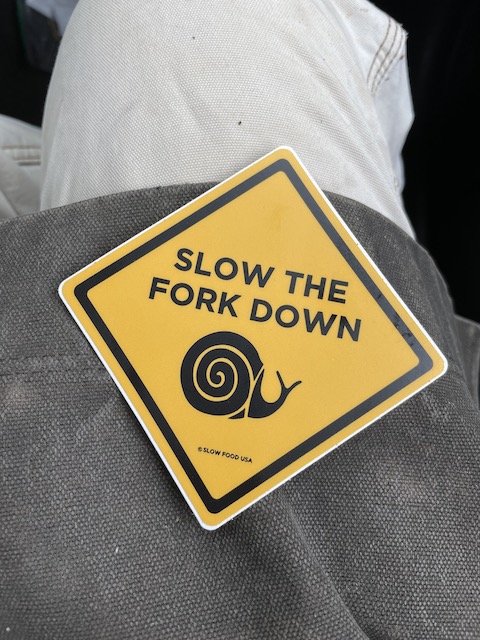
This week all things converged when it comes to this beloved drum I beat upon. Thinking back to my recent trip during my work hours, sharing in food discussions with friends and strangers thanks to the Sagra del Radicchio, and even because of questions asked during my talks, it turns out that I still very much enjoy growing crops of plants from seed, and keeping small batches of plant crops going. I even enjoy introducing plants into cultivation although that’s not something I’ve done often.
And so the cycle of life goes on, as we enter into the seasonal holiday period at the end of October where we say goodbye to the harvest, and begin out journey into the season of darkness and cold. I still have a lot of plants to bring in at home—the annual migration—but now that I’m home for many weeks, I’ll do what I can while dreaming up more blog posts to write.
